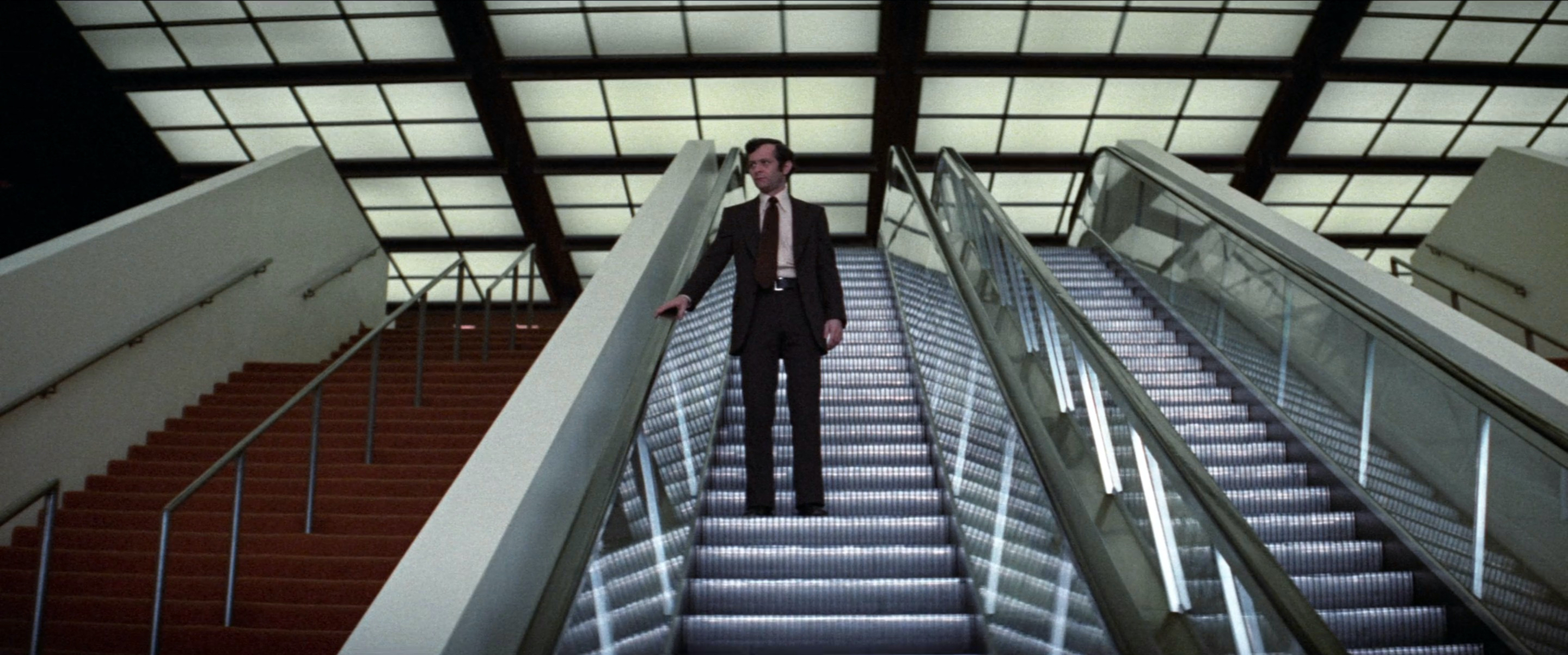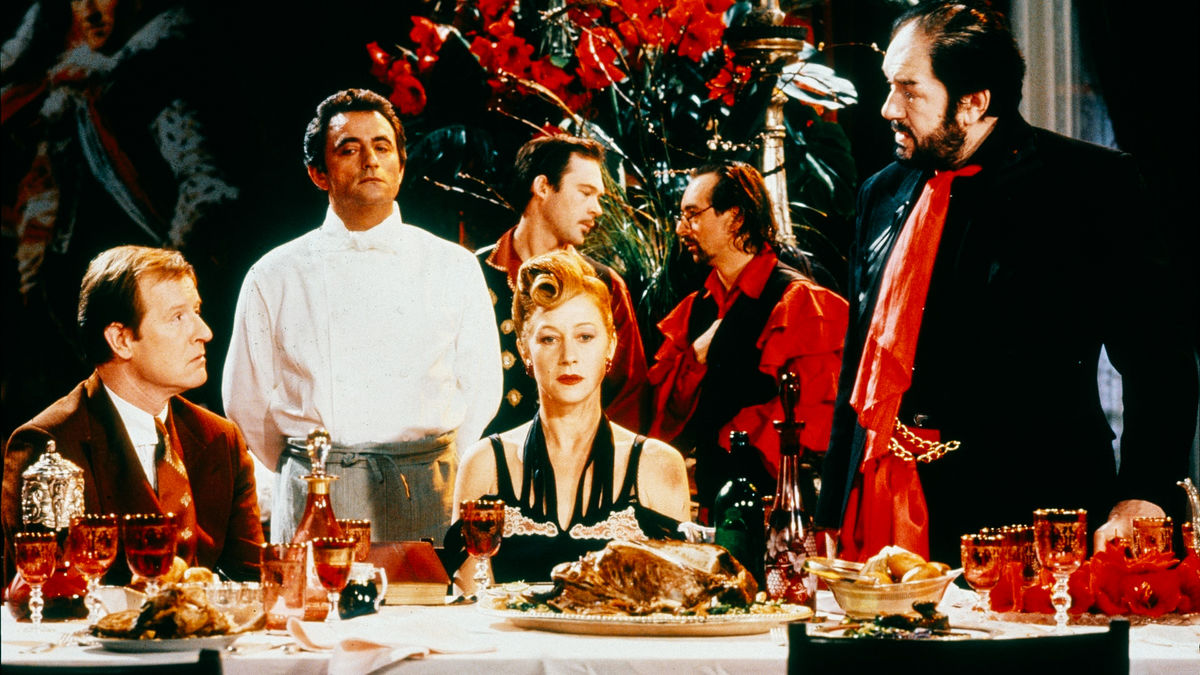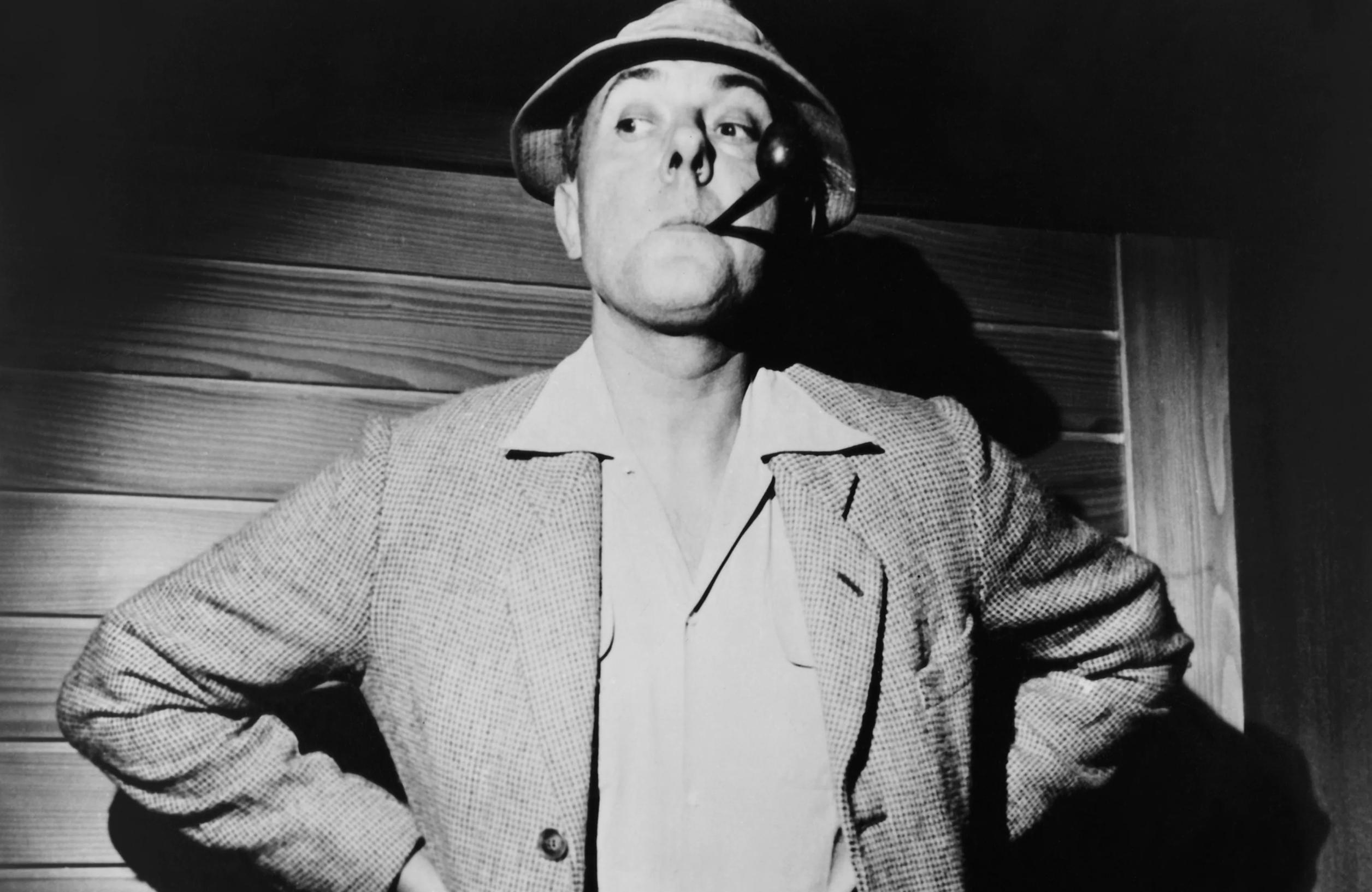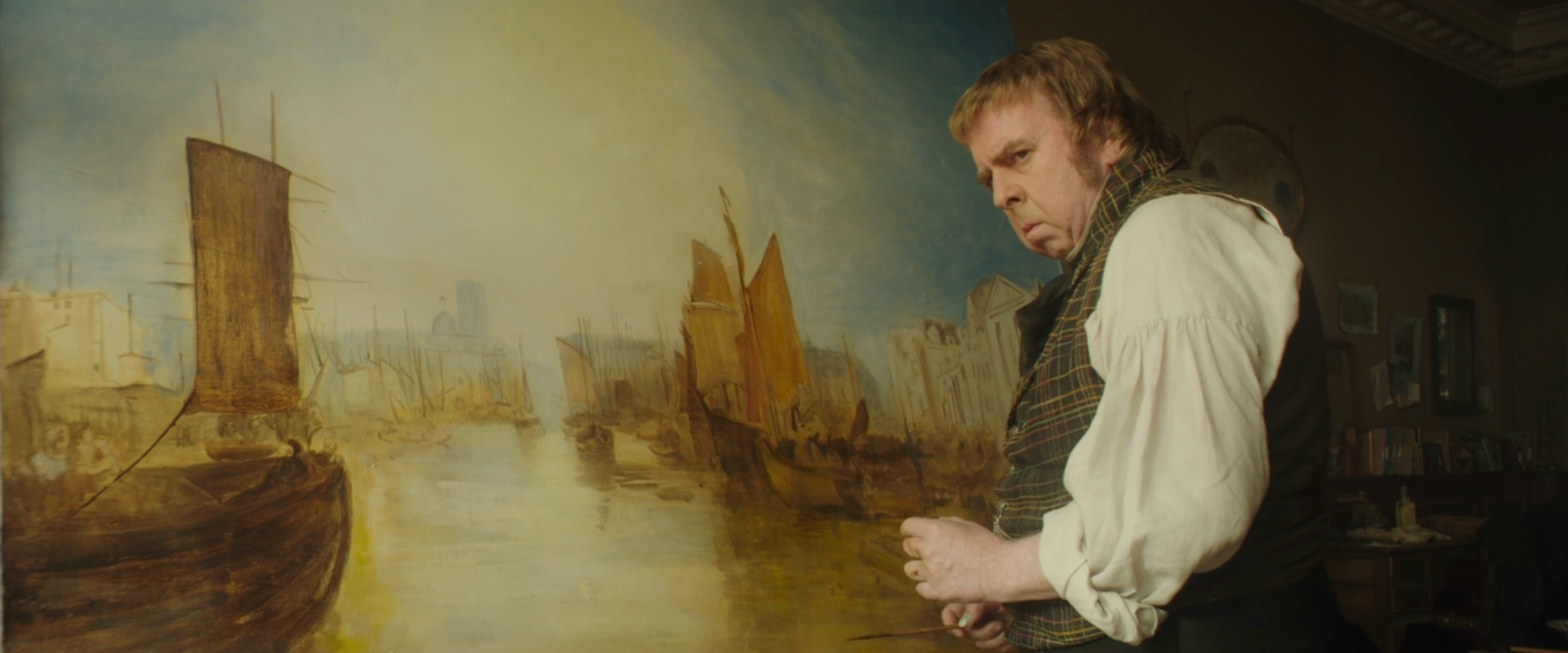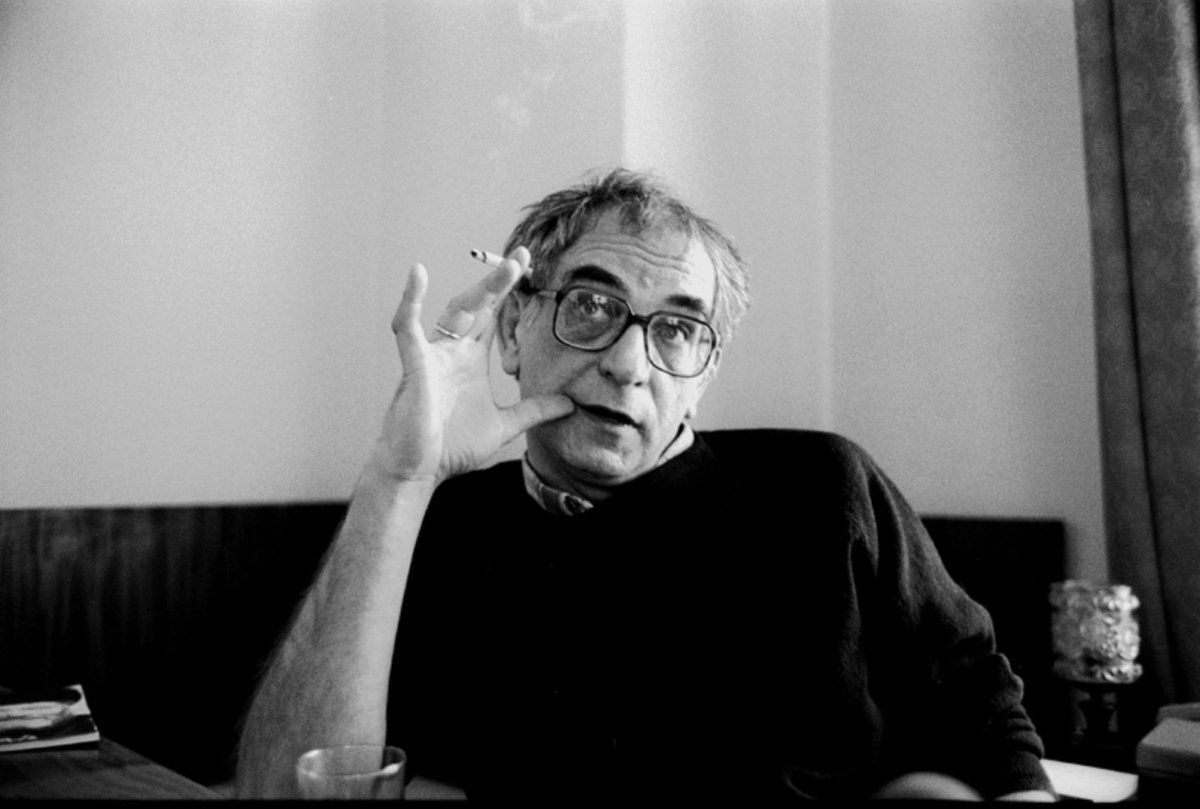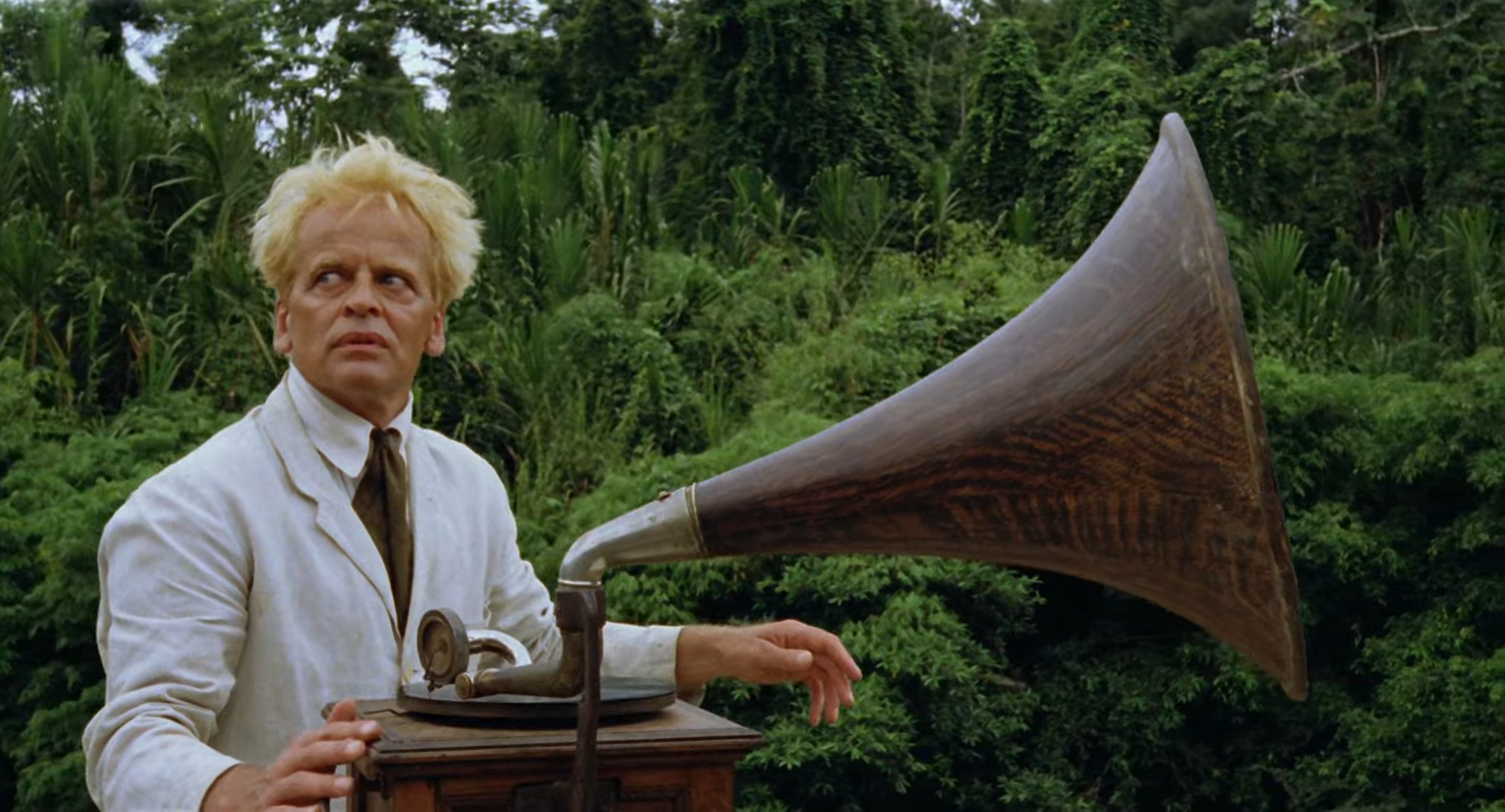Gentlemen Prefer Blondes (1953)
There are few Golden Age Hollywood directors as willing to embrace the comical leading power of his female stars as Howard Hawks, but it is through Marilyn Monroe’s powerfully mesmeric screen presence carrying vibrant musical numbers and hilarious visual gags that Gentlemen Prefer Blondes becomes all the more flamboyantly intoxicating.


